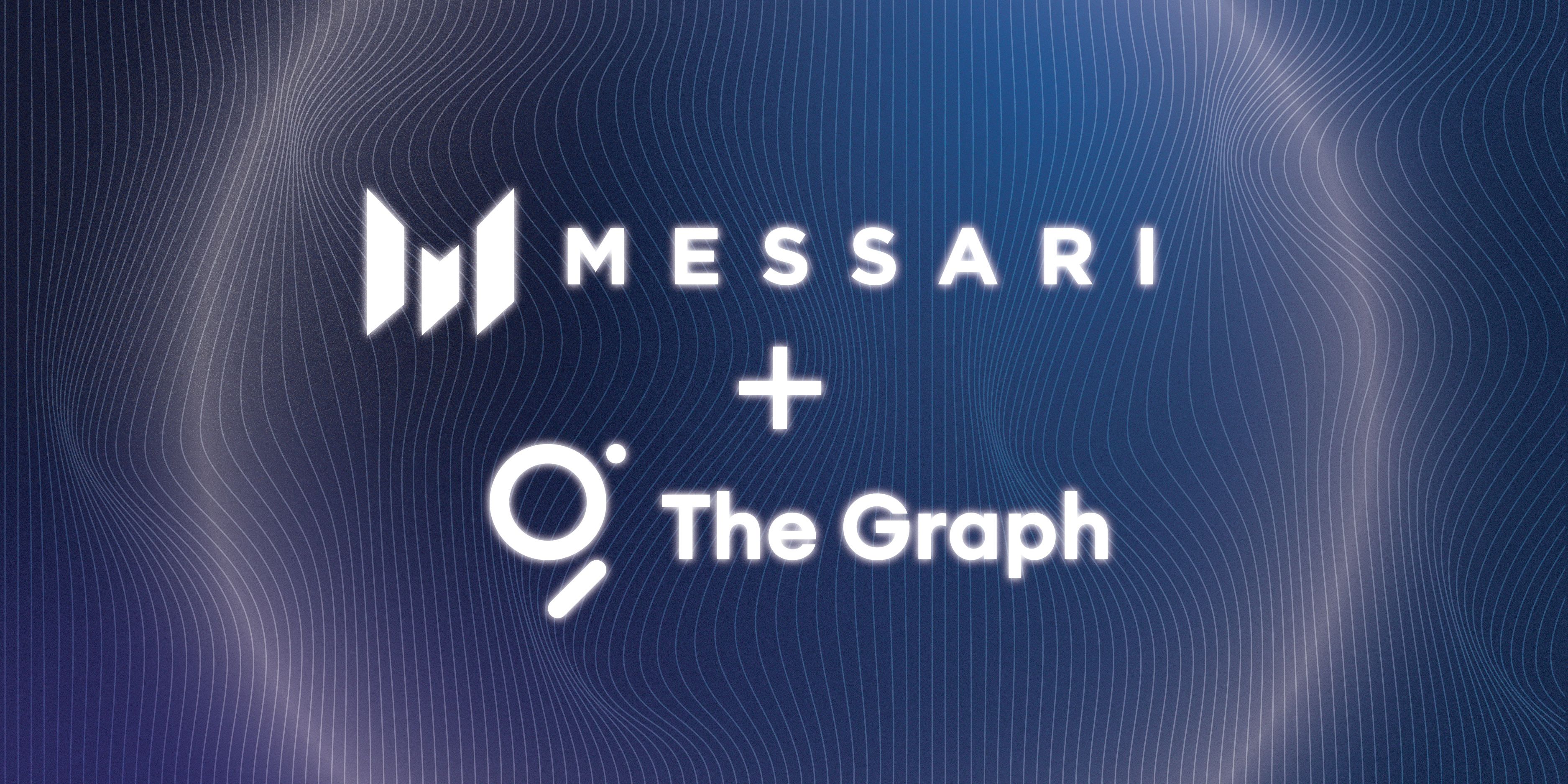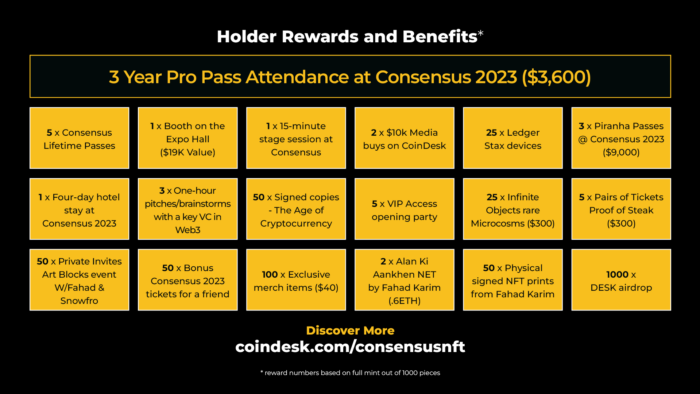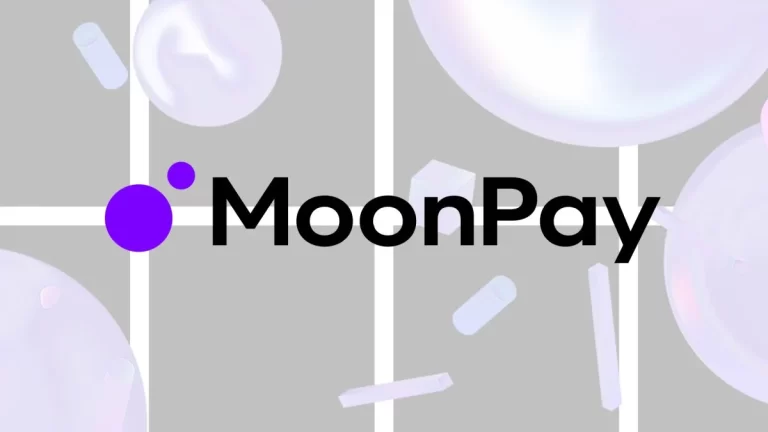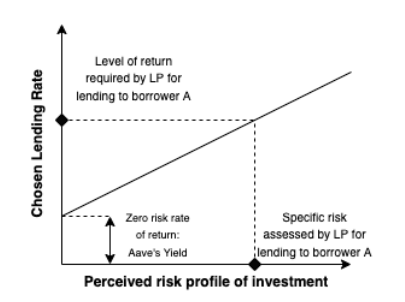
We are thrilled to announce that The Graph Foundation has awarded Messari a $12.5mm* grant to become the first Core Subgraph Developer. The Graph Network is a decentralized indexing protocol for organizing blockchain data. Applications use GraphQL to query open APIs from subgraphs, to retrieve data indexed on the network.
With this grant, Messari will contribute its developer talent and domain expertise to develop and maintain high-quality, accurate, complex, and standardized protocol subgraphs. All subgraphs will be open source and available for the broader community. Each subgraph will be migrated to the decentralized network. Moreover, Messari will lead subgraph working groups, provide feedback to help inform core protocol efforts, share subgraph best practices, and help create community-wide standards for any protocol type (DEX, Lending, Yield Aggregator, Staking etc.).
Why The Graph?
As a decentralized indexing and query protocol, The Graph provides a strong and neutral foundation to organize on-chain data. Over the last 3 years, The Graph has invested in indexing and infrastructure upgrades, with core developers such as Figment and StreamingFast leading the charge. The Graph makes it easy for anyone to build and publish open APIs, called subgraphs, making data easily accessible. This is in line with our conviction that on-chain data should be treated as a common good, publicly available, and our belief that building on decentralized infrastructure is positive-sum.
However, most aggregators are developing their own indexing infrastructure, using centralized RPC endpoints, and creating their own set of adapters. At Messari, we strongly believe the lack of subgraph standards has been one of the major reasons the industry has moved toward that model, and we aim to solve that problem by building standardized, high-performance data sets that are public goods.
Why does the industry need standardized subgraphs and what are they?
As an aggregator, Messari aims to provide a complete set of data on all protocols. This includes, but is not limited to:
- Fundamental aggregate data such as revenue, user count, trading volume, total value locked, and liquidations;
- Pool & vault data such as liquidity, APR, APY, LPs, swaps, deposits, and withdrawals;
- On chain governance proposals, votes, and delegations; and
- Account holdings, investments, and debt positions.
Those data points need to be collected across protocols, whether they are a DEX, Lending Protocol, Yield Aggregator, Liquid Staking Protocol, Data Indexing protocol, or any other type of protocol.
The lack of subgraph standards across protocols makes this difficult. Ingesting data from two protocols that share similarities (e.g., AAVE and Compound) can be quite painful today as their subgraph API structure vastly differs. Moreover, most subgraphs don’t include core fundamental aggregate data such as revenue, or other alternative datasets such as governance and account holdings, investments, and debt positions.
This is why we’ve kickstarted the efforts of building high-quality, accurate, complex, and standardized protocol subgraphs. So far, with the help of a community of builders, we have completed 20 subgraphs, across 3 main protocol types (DEX, Lending, and Yield Aggregators). 20 others are being built at the moment, with the goal of building 200 over the next two years.
This standardization makes it easy for people to consume the subgraph data:
- Every protocol has slightly different terminology and definition, often making it difficult to make sense of such data. Our standardization effort helps to reconcile these differences so that subgraphs are aligned on both terminology and definition.
- You will only need a single set of queries/pipelines to pull data from all supported protocols.
- All data are normalized in the same way, which saves you time and effort.
- This standardization makes it easier to build apps and tooling on top of subgraphs.
It also makes it easy for developers to contribute:
- Defining a subgraph schema from scratch is often very challenging, as there are many complex nuances to consider. Our schema is battle-tested, making it a great starting point for any subgraph.
- We have a large set of subgraph implementations for you to refer to, and a wealth of tribal knowledge tracked in PRs and comments.
- We have a set of common libraries that you can leverage. Some of them took weeks if not months to implement.
- We have great tooling you can use to validate your subgraph data, which tends to be the most tedious and time-consuming part.
- Our subgraphs are also extensible, meaning that you can incorporate additional entities and fields to expose more data, yet have the subgraph be compatible with our tooling.
You can browse our standardized schema and follow the progress on the Subgraph Github.
How can you help?
We believe this standardization effort will be a net positive for the industry, and welcome community members to help us in this effort!
If you’re a developer, we have various opportunities for you to contribute, get compensated, and learn:
- Help us build standard subgraphs for different protocols;
- Contribute to a growing open source library of subgraph tooling, such as a price oracle library;
- Help us identify data issues and squash bugs within the subgraphs;
- Learn Rust, and be the first to build subgraphs for Cosmos and Solana protocols; or
- Work on open-source front-ends for subgraph data visualization and validation.
Starting next week, developers contributing to the effort will receive an upgradeable on-chain credential NFT, turning a positive contribution to the world of open data into a flex! Apply here to join us in this effort!
If you’re a researcher or a protocol specialist and love diving deep into different protocol contracts and economics:
- Help us build standards for new protocol types;
- Conduct research on calculation methodology for key protocol metrics such as Revenue and Total Value Locked; or
- Validate subgraph data by cross-checking with other available sources.
You can apply to be a full-time protocol specialist at Messari here. We also work with Metrics DAO and individual contributors on this initiative and you can learn more about it here.
If you’re a protocol team/core contributor, you can help us streamline subgraph creation for your protocol:
- Help us build standards for your protocol type;
- Help developers and protocol specialists understand the intricacies of your protocol;
- Leverage your community to build standardized subgraphs for your protocol; and
- Help us validate the data and make sure all calculations are accurate.
If you’re a protocol team/core contributor and want to help us, fill in this form and we’ll get in touch!
If you’re a crypto data aggregator, you can help us by joining our standard working group:
- Help us build more robust standard schemas that include more diverse datasets;
- Provide feedback on subgraphs and tooling from a consumer point-of-view;
- Contribute to the extension of the schema to more protocol types; and
- Help us build more subgraphs!
If this sounds interesting to you, fill in this form and we’ll get in touch!
*Amount totals $12.5mm in USDC and GRT as of 6/1/2022





